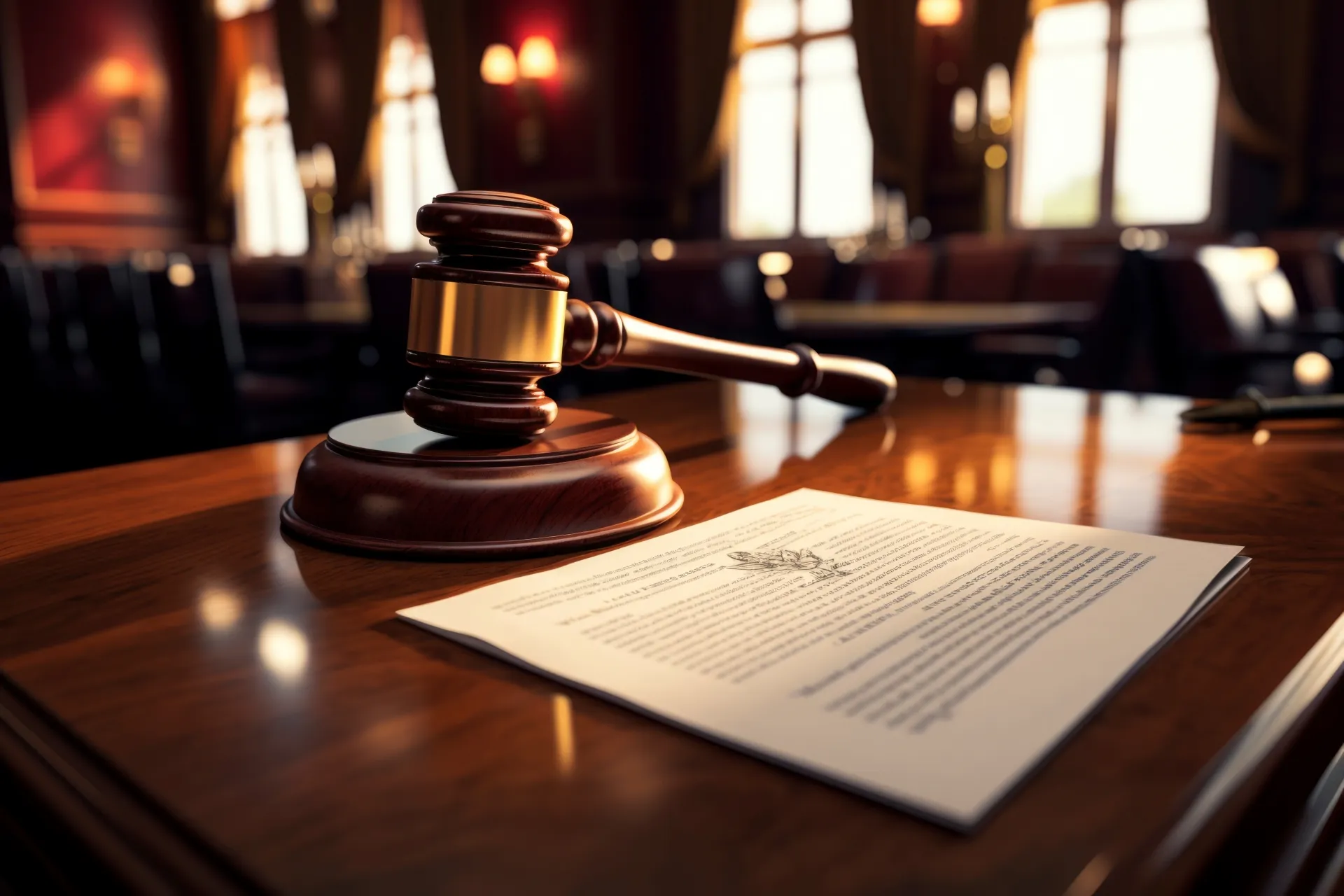The role of artificial intelligence (AI) in creative industries is a subject of increasing global debate, particularly in the field of intellectual property law. This question recently came before the Copyright Tribunal (“the Tribunal”) in the matter of Aryeh Movement Limited v. Cynthia Beldina Akoth Okello (COPTA/E001/2025). While the case revolved around questions of copyright ownership and the scope of the Kenya Copyright Board’s(“KECOBO”) mandate, the Tribunal also addressed the question of whether works generated by AI are eligible for copyright protection under Kenyan law.
Case background
The dispute arose from KECOBO’s directive whereby it asserted its authority under Section 5(g) of the Copyright Act (Cap 130) and Regulation 4(7) of the Copyright Regulations,2020. It observed that the “first owner of copyright works is the author,” and that a publisher only holds a related right. However, noting that no publishing agreement existed between the parties, KECOBO directed them to reach a written agreement on the percentage of copyright interests to be registered in respect of the subject literary works, failure of which the registration would be expunged.
The Appellant, Aryeh Movement Limited, challenged KECOBO’s decision on several grounds, including that KECOBO acted ultra vires as it lacked jurisdiction to make such determinations; the decision was based on extraneous considerations not placed before it and the impugned directive was issued by an officer without proper authority.
The Tribunal held that KECOBO had exceeded its statutory mandate by attempting to resolve disputes on authorship and ownership, matters outside its powers. Ultimately, the Tribunal ruled that KECOBO’s decision was invalid for lack of jurisdiction. Additionally, in addressing the broader context of the dispute, the Tribunal clarified Kenya’s position on AI-generated works, affirming that copyright protection applies only where there is demonstrable human creative input.
The Tribunal’s consideration of AI-Generated works
The Appellant argued that the literary works were jointly authored, with the Claimant contributing as a scriptwriter and AI-image illustrator. This raised the broader legal question of whether, under Kenyan law, AI-generated works can attract copyright protection.
The Tribunal noted that neither party produced the disputed literary works, nor did KECOBO furnish the lodged materials. Nonetheless, the Respondent did not dispute the assertion that portions of the works were AI-generated.
The Tribunal noted that the Copyright Act does not expressly address AI-generated works. Instead, Section 22(3) provides that “A literary, musical or artistic work shall not be eligible for copyright unless sufficient effort has been expended on making the work to give it an original character; and the work has been written down, recorded or otherwise reduced to material form.” This test presupposes human involvement. Thus, works generated autonomously by AI cannot meet the statutory threshold unless an author demonstrates sufficient human intervention to give the work originality.
This position reflects current international practice. In the United States, courts in Thaler v. Perlmutter, 130 F.4th 1039 have held that works created autonomously by AI lack copyrightability. The U.S. Copyright Office similarly directs applicants to disclaim AI-generated portions and protect only human contributions. In the United Kingdom, while the Copyright, Designs and Patents Act 1988 attributes computer-generated works to the person making the necessary arrangements, courts still emphasize human creative judgment. The European Union’s “author’s own intellectual creation” standard likewise presupposes human intellectual input, excluding purely machine-generated outputs.
Applying these principles, the Tribunal observed that under Kenyan law, aspects of works generated solely by AI are not eligible for copyright protection unless human authorship can be shown through sufficient effort and originality as provided in Section 22(3) of the Act.
Conclusion
The Aryeh Movement decision is a landmark in Kenya’s copyright law, as it is one of the first cases to directly address the role of artificial intelligence in creative works. By grounding its reasoning in Section 22(3) of the Copyright Act, which requires that a work reflect sufficient human effort and originality, the Tribunal affirmed that human authorship remains the basis of copyright protection.
How CM Advocates LLP’s IP & TMT unit can support you
At CM Advocates LLP, our Intellectual Property & TMT Unit provides strategic, forward-looking support to innovators, creators and businesses navigating the evolving intersection of artificial intelligence and copyright law. With a strong presence across Kenya, Uganda, Tanzania, Rwanda, South Sudan, Zambia and Ethiopia, our team is well-positioned to guide clients on safeguarding their intellectual property in an era where technology is reshaping creative industries.
Our services include:
-
Copyright and emerging technologies: Advising on the protection of works created with the assistance of AI and guiding businesses on the implications of current law for AI-generated content.
-
Intellectual property protection and enforcement strategy: Assisting clients in developing proactive approaches to secure and enforce their intellectual property rights, including registration, licensing and portfolio management.
-
Litigation and dispute resolution: Representing clients in copyright and related IP disputes before tribunals and courts, including cases involving ownership, authorship and infringement.
-
Regional enforcement: Coordinating cross-border strategies to enforce intellectual property rights.
Need legal guidance?
For support with copyright, AI-related IP matters or broader enforcement strategies, please contact:
Contributor
Mercy Chore, Associate – IP & TMT Unit
Or reach our Commercial & TMT Practice Team at: commercial@cmadvocates.com
Disclaimer: This publication is for informational purposes only and does not constitute legal advice. For tailored legal support, please consult our team.
